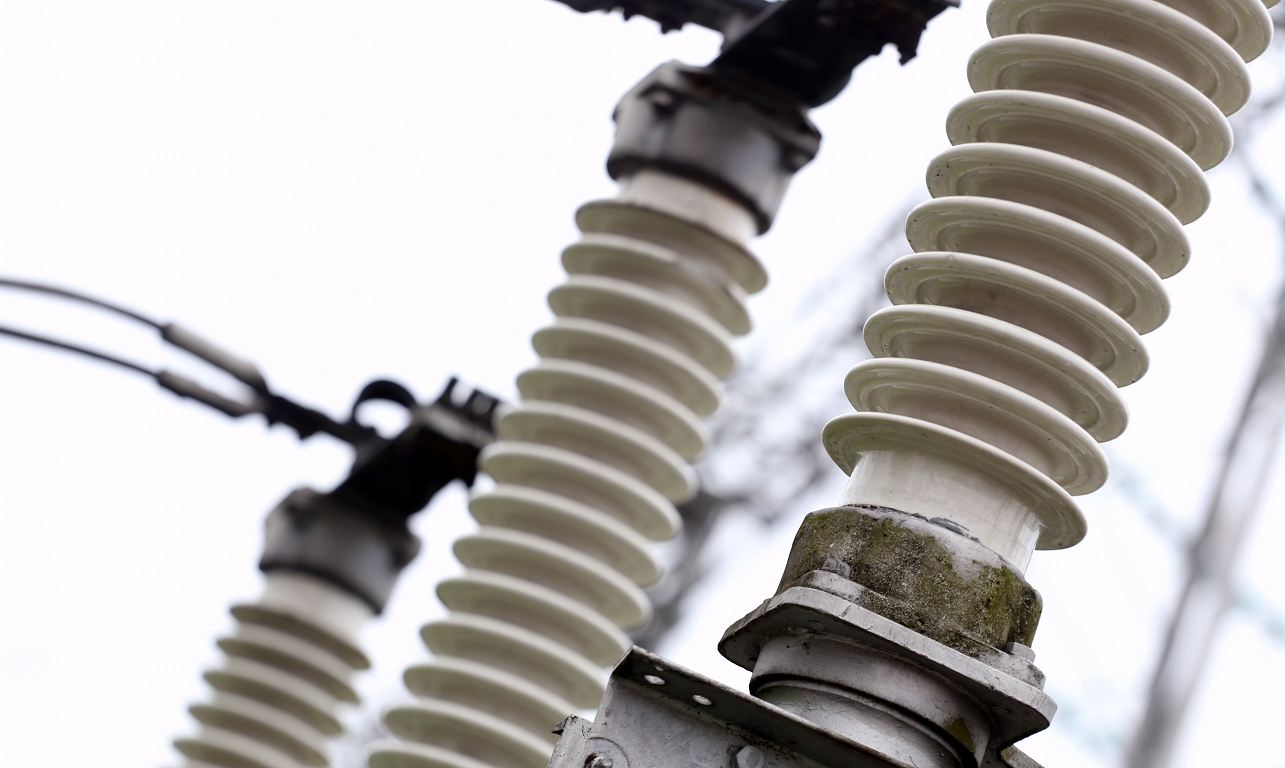Latvia, Lithuania and Germany conceptually agree on the electricity interlocutor / day

During the meeting in Copenhagen, ministers also agreed that the transmission system operators of all three countries – « High Voltage Network », « LitGrid » and « 50HERTZ » – would submit a joint project application for the European Union’s 2026 Network Development Decade Plan (TYNDP) in May.
« We have agreed to submit a project application for the TYNDP process, which will mark this initiative on a European map as a specific energy infrastructure project, while the TYNDP process will help you find a technically and economically optimal regional solution, » said Lithuanian Energy Minister Jigimant Vaičūns.
According to the Lithuanian Ministry of Energy, the project concept provides a 600 -kilometer sea interconnection between the Baltic States and Germany with a power of two Gigavati (GW).
« The connection point in the Baltic States could be on the Lithuanian or Latvia border – the exact location will be determined after detailed technical research, » the ministry explained, adding that the project could be completed by 2035-2037.
The ministry noted that the interconnection would increase the reliability of power supply in Lithuania, Latvia and Germany and open the Baltic States to develop marine and land sun and wind energy projects.
The connection to Germany is the priority of the current Lithuanian government program, the Ministry of Energy recalled.
Meanwhile, Baiba Jacobsone, a spokeswoman for the Latvian Ministry of Climate and Energy (KEM), told LETA that Latvia had joined German and Lithuania’s common initiative for a possible development of new electricity inter-linking, supporting the inclusion of this project in the European Tenth-Year Network Development Plan.
KEM emphasized that at present, the main goal is to obtain a detailed study of the possibilities and usefulness of this potential project. Inclusion of TYNDP is a prerequisite for further qualifying on the status of a project (Project of Common Interest (PCI) and receiving EU co -financing for research.
Jacobsone explained that the following path provides for a structured approach – modeling, cost and benefit analysis, and assessment of other aspects. Only after these studies can an informed decision on further development of the project will it be possible to make.
The KEM spokeswoman also emphasized that the Tyndp and PCI listed projects do not yet automatically mean their implementation – they serve as a tool to work on a project assessment and to identify the benefits of the economy, citizens, electricity producers and other affected parties.
In addition to the land power line « Litpol Link » between Lithuania and Poland, which has been used for synchronization with the continental European electrical system since February, the Baltic States with Northern Europe connects the Sea Cable « NordBalt » between Lithuania and Sweden, as well as underwater power transmission cables « Estlink 1 » and « Estlink 2 » between Estonia and Estonia.
It is planned to build another land power cable between Lithuania and Poland by 2030 – « Harmony Link ».







:format(webp)/s3/static.nrc.nl/images/gn4/stripped/data133314127-765aec.jpg)